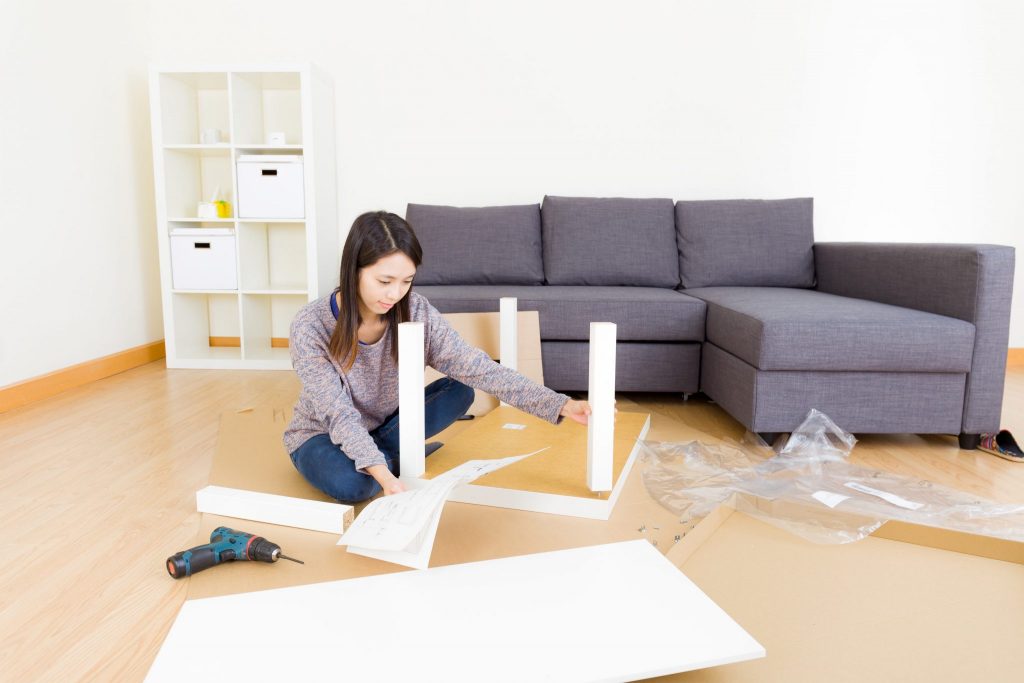The IKEA Effect: The Feel-Good Factor of Self-Assembly
There’s just something satisfying about creating an item with your own two hands. Or the illusion of having created the item, anyway. What if you didn’t create the item at all, but merely followed instructions to assemble the pre-made pieces? Would the finished product be more valuable to you than an item you bought pre-assembled? If you’re under the spell of the IKEA Effect, the answer is yes.
What is the IKEA Effect?
The IKEA Effect is a cognitive bias that has been studied since long before it had a name. When subjects were given parts to assemble in order to create a piece of furniture, they placed a higher value on, and showed greater fondness for, the finished product. Even when their workmanship was mediocre or inferior, they showed great affection for the item they had assembled. This effect was first observed in 1956, when it was known as “effort justification”.
The cognitive bias takes its name from the Swedish store IKEA, which sells low-cost furniture that requires the buyer to assemble it. Buyers often show favor for their IKEA furniture, even when its quality is just average.
The IKEA Effect in History
There are many examples of the IKEA Effect in history. One of the most cited examples is boxed cake mix. When it came on the scene in the 1950’s, food companies expected it to be a runaway hit. It was a convenient way for busy wives and mothers to provide a “homemade” cake for their families. Just add water, and voila! A cake was made.
But the cake mixes did not sell. When food companies investigated, they found that the reason for their sluggish sales was the cake mix itself. It was too easy. Women did not feel that they were putting enough effort into making the cakes. This caused a lightbulb moment for cake mix makers, who quickly added some requirements to their boxed mix: an egg, and sometimes oil and an egg.
Now that the women felt like they were making more of an effort by adding ingredients, they were willing to bake with the boxed cake mix.
Other Examples of the IKEA Effect
We see examples of the IKEA Effect every day. Look at the popular Build-a-Bear Workshop. The bears are cute, but probably not superior enough to warrant the high cost of building one. Still, because they can play a role in designing the bear, parents are willing to pay much more for a Build-a-Bear than for a regular teddy bear.
It seems that the more effort we put into something, the more we value it once it’s finished. This applies to our jobs as well. Companies who collaborate with their workers instead of dictating rules to them tend to have more loyal employees. They feel that they put effort into the company, so they have a greater emotional buy-in and want to see it succeed.
The effect has even been observed in rats and starlings. Studies done in 1962 and again in 2002 showed that the animals preferred to eat food that took more effort to obtain.
The Psychology Behind It
Why do we place higher value on things that require more effort? Some theorize that we enjoy saving money by purchasing items that require some assembly, but it goes deeper than that. When we self-assemble an item, we feel competent, and the finished product is proof of that competence. We didn’t just receive an item of value; we helped create it. On a fundamental level, we all need to feel like we’re good at something and that our work has value. The IKEA Effect describes what happens when those needs are met.
Advanced Psychiatry DFW: Your Trusted Mental Health Professionals
At Advanced Psychiatry DFW, we provide compassionate treatment for anxiety, depression, OCD, and many other mental conditions. Our approach is collaborative. You have some control over your treatment plan because you know yourself better than anyone. We work with you to find strategies and solutions during your darkest times. Call us today to schedule an initial consultation.
Recent Comments